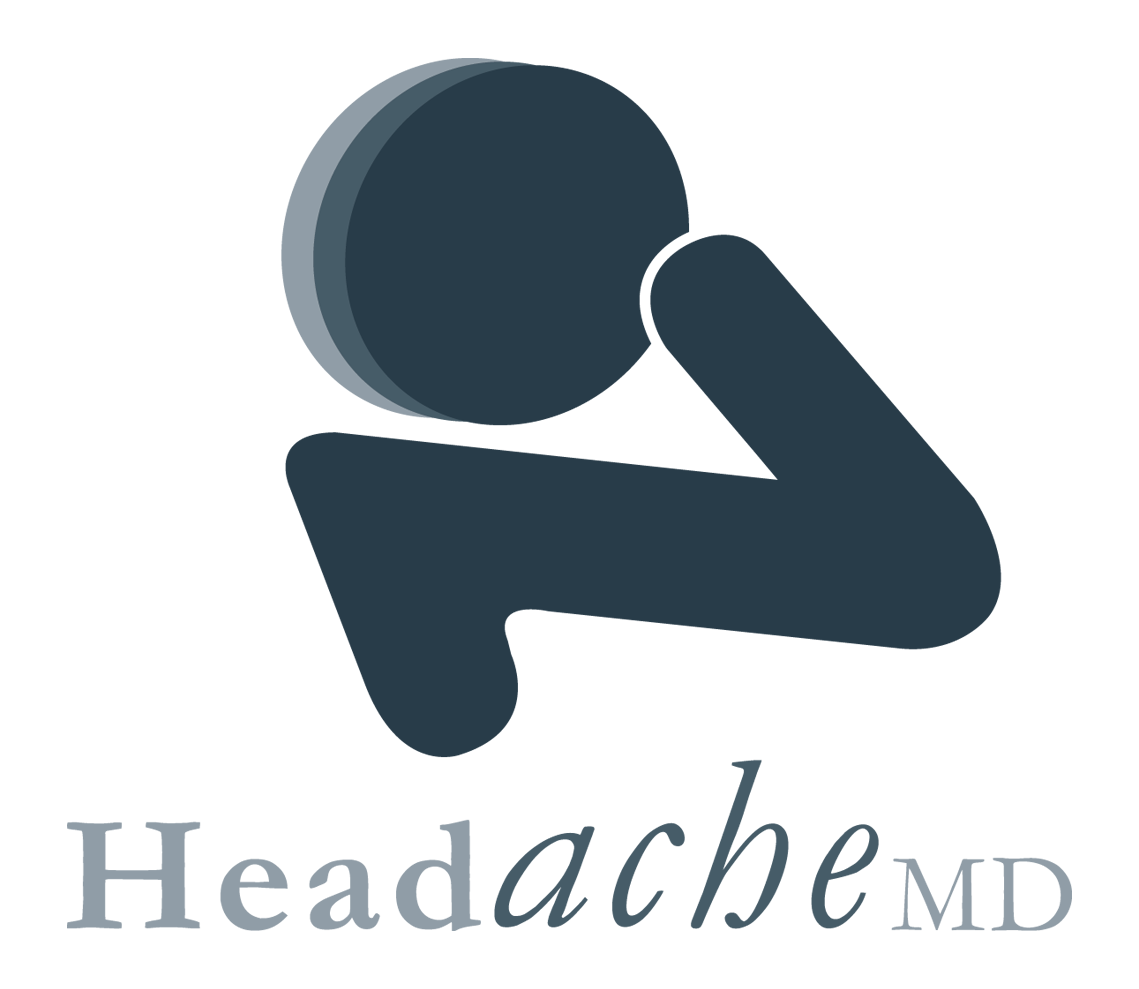Four Types of Constant Headaches
Chronic daily headaches, or constant headaches in layman’s terms, are defined as headaches that occur for at least 15 days in a month for at least 3 months in a year. These headaches must also not be associated with another medical condition such as a brain disease or disorder for these to be considered as true chronic daily headaches. Unfortunately, the most common of these headaches can last for at least four hours for every attack – a painful way to spend your day.
These headaches are classified into four types: chronic migraine, chronic tension-type headache, new daily persistent headache, and hemicrania continua. The symptoms for these categories are different but all four share several similarities in terms of treatment and prevention methods. Your doctor should be able to identify your specific headache based on your symptoms and then to recommend the best plan for effective management of your constant headaches.
Chronic Migraine
This health condition comes from episodic migraine sans the aura with at least two of the following symptoms:
- Pulsating, throbbing sensation
- Moderate to severe pain
- Only one side of the head is affected
- Worsened by routine physical activity
These symptoms should also result in either nausea or vomiting or both OR sensitivity to light and sound.
Chronic Tension-type Headache
Episodic tension-type headaches are the predecessors of chronic tension-type headache, which may either last for hours on end or be constant in nature. For constant headaches to be considered as chronic tension-type headache, at least two of these characteristics must be present:
- Mild to moderate pain
- Pain on both sides of the head
- Pressing or tightening sensation in the head – no pulsating involved
- Pain is not worsened by routine physical movements
- Little to no nausea
- No sensitivity to light or sound
New Daily Persistent Headache
The frequency of a new daily persistent headache increases until it becomes constant in nature in just a few days after the onset of the first attack. Such headache is characterized by at least two of the following signs:
- Pain on both sides of the head
- Pressing or tightening sensation but not pulsating sensation
- Mild to moderate pain
- No worsening of symptoms with routine physical activity
- No sensitivity to light and sound coupled with little to no nausea
Hemicrania Continua
These are arguably the worst category of constant headaches. Although the pain usually stays in one side of the head, it occurs on a daily basis with a continuous duration (i.e., no pain-free periods). The pain may be moderate but the spikes of severe pain can be torturous, said pain of which can even progress into migraine-like symptoms.
Hemicrania continua can also cause tearing or redness in the eye, nasal congestion or runny nose, or drooping of the eyelid.
In all four cases of constant headaches, the treatment plan involves preventing the pain before it attacks. Doctors usually apply a combination of medications like antidepressants, beta-blockers, and NSAIDs as well as prevention measures like avoidance of headache triggers; healthy diet, exercise and lifestyle habits; and effective stress management.
